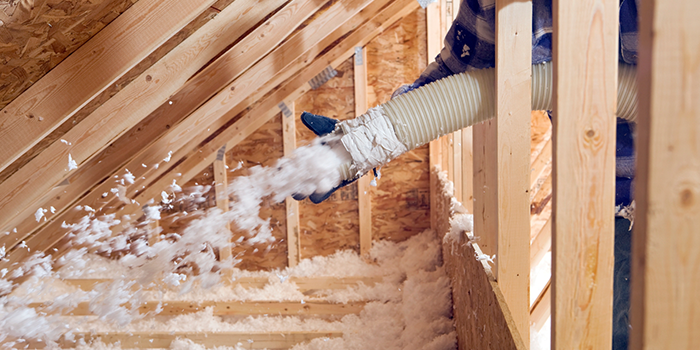
Attic Insulation
When considering insulation, the attic is generally the first place to start, as most of your heat will rise and go through your ceiling to the attic if there is inadequate or ineffective insulation. It is also often one of the easier places to access.
Before adding new insulation, however, two evaluations steps should be completed first:
- Determine the existing insulation’s R-value and whether it needs to be augmented or replaced due to damage or age
- Inspect attic-to-home sealing and safety protection (lights, vents, etc.)
You will also need to determine what type of insulation should be added. The two most common types of insulation used in home attics are loose-fill and batt insulation, with a variety of materials available for both types. For more information about insulation choices, please visit the Energy Savers website.
To check if there are any incentives or rebates available for this product in your area, please visit the Database of State Incentives for Renewables and Efficiency (DSIRE).
Minimum Requirements
- Attic insulation must be installed with a total R-value ≥ 38.
- Insulation must be installed per Title 24 Quality Insulation Installation (QII) standards.
